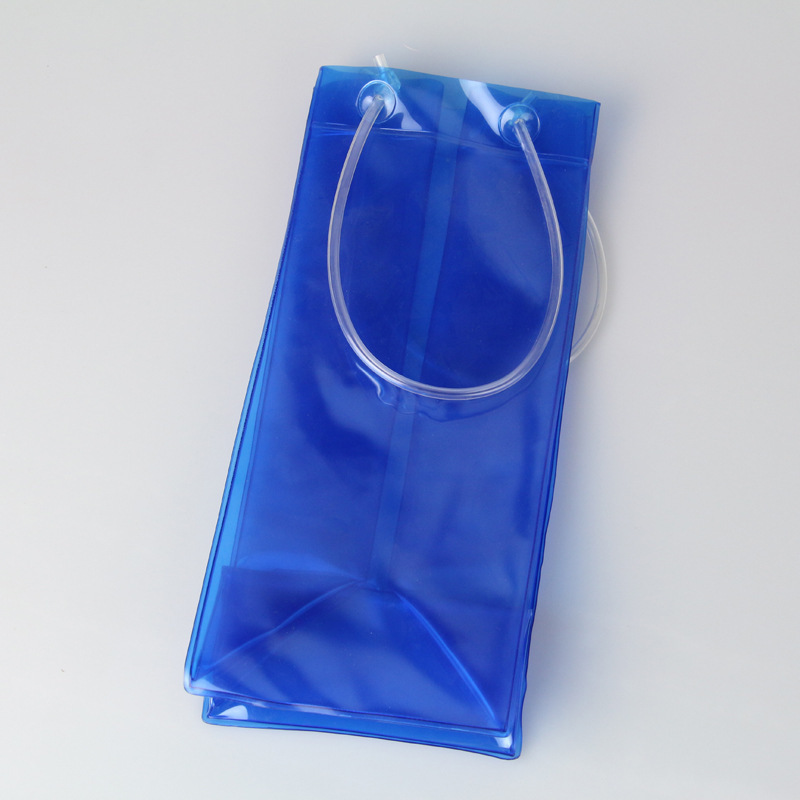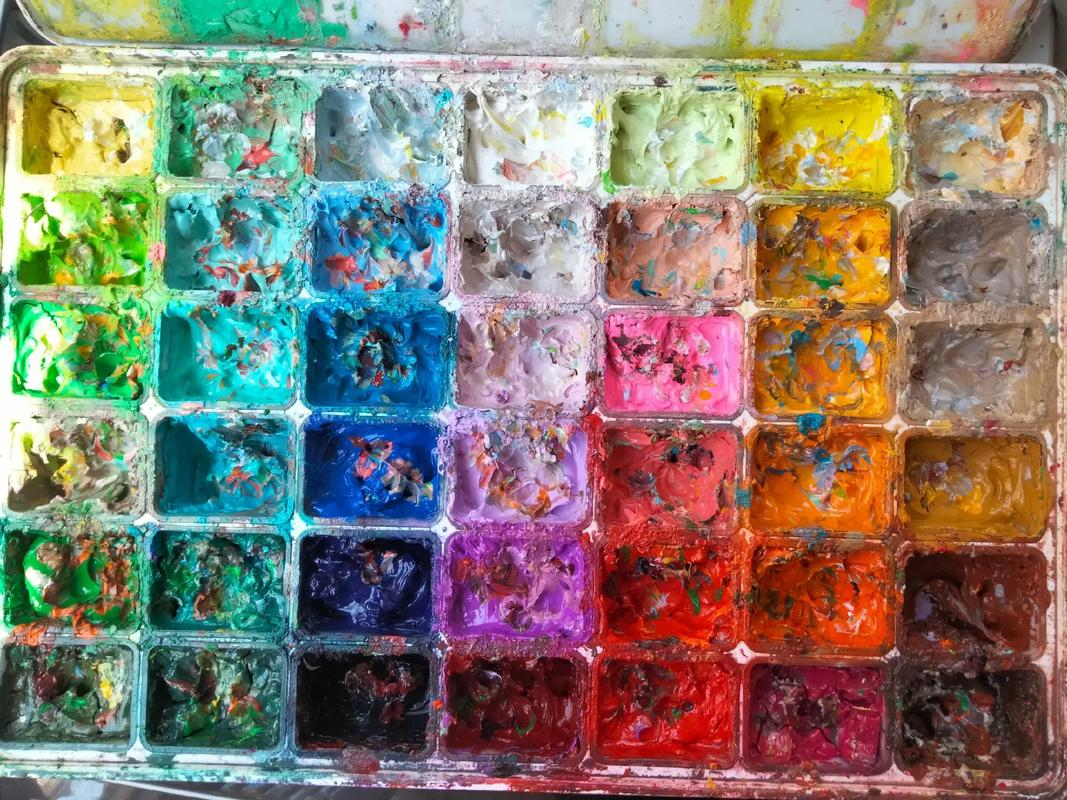What is the difference between PVC soft plastic bags and PVC plastic bags?
PVC soft plastic bags have more plasticizers, making them soft and somewhat elastic.
PVC plastic bags have fewer plasticizers, sometimes without plasticizers.
Chemical and physical properties of PVC Rigid PVC is one of the most widely used plastic materials. PVC material is a non crystalline material. PVC materials are often used with stabilizers, lubricants, auxiliary processing agents, colorants, impact resistant agents, and other additives.
PVC materials have non flammability, high strength, weather resistance, and excellent geometric stability. PVC has strong resistance to oxidants, reducing agents, and strong acids. However, it can be corroded by concentrated oxidizing acids such as concentrated sulfuric acid and concentrated nitric acid, and is not suitable for situations where it comes into contact with aromatic and chlorinated hydrocarbons.
The melting temperature of PVC during processing is a very important process parameter, and if this parameter is not appropriate, it will lead to material decomposition issues. The flow characteristics of PVC are quite poor, and its process range is very narrow. In particular, PVC materials with large molecular weights are more difficult to process (such materials typically require the addition of lubricants to improve flow characteristics), so PVC materials with small molecular weights are commonly used. The shrinkage of PVC is relatively low, typically 0.2 to 0.6%.
Recommand products from TDD:
HT-105 Environmental Friendly Regular Compound Printing Ink














